News
-
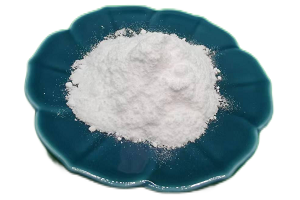
Is Bifenthrin Dangerous to Humans?
Introduction Bifenthrin, a widely used household insecticide, is known for its efficacy in controlling various pests. However, concerns have risen regarding its potential impact on human health. In this article, we delve into the details surrounding the use of bifenthrin, its effects, and whether...Read more -
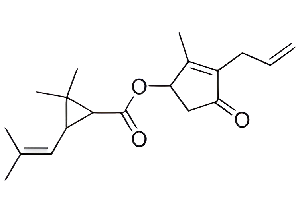
The Safety of Esbiothrin: Examining Its Functions, Side Effects, and Impact as an Insecticide
Esbiothrin, an active ingredient commonly found in insecticides, has sparked concerns regarding its potential risks to human health. In this in-depth article, we aim to explore the functions, side effects, and overall safety of Esbiothrin as an insecticide. 1. Understanding Esbiothrin: Esbiothri...Read more -
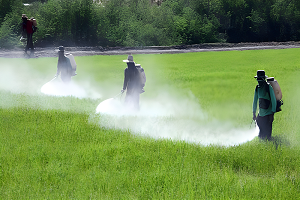
How to Effectively Use Pesticides and Fertilizers in Combination
In this comprehensive guide, we will explore the proper and efficient way to combine pesticides and fertilizers for maximum effectiveness in your gardening endeavors. Understanding the correct usage of these vital resources is crucial to maintaining a healthy and productive garden. This article a...Read more -

Since 2020, China has approved the registration of 32 new pesticides
The new pesticides in the Pesticide Management Regulations refer to pesticides containing active ingredients that have not been approved and registered in China before. Due to the relatively high activity and safety of new pesticides, the dosage and frequency of application can be reduced to achi...Read more -

The Discovery and Development of Thiostrepton
Thiostrepton is an extremely complex natural bacterial product that is used as a topical veterinary antibiotic and also has good antimalarial and anticancer activity. Currently, it is completely chemically synthesized. Thiostrepton, first isolated from bacteria in 1955, has unusual...Read more -

Genetically Modified Crops: Unveiling their Features, Impact, and Significance
Introduction: Genetically modified crops, commonly referred to as GMOs (Genetically Modified Organisms), have revolutionized modern agriculture. With the ability to enhance crop traits, increase yields, and tackle agricultural challenges, GMO technology has sparked debates globally. In this compr...Read more -

Ethephon: A Complete Guide on Usage and Benefits as a Plant Growth Regulator
In this comprehensive guide, we will delve into the world of ETHEPHON, a powerful plant growth regulator that can promote healthy growth, enhance fruit ripening, and maximize overall plant productivity. This article aims to provide you with detailed insights on how to effectively use Ethephon and...Read more -

Russia and China sign largest contract for grain supply
Russia and China signed the largest grain supply contract worth around $25.7 bln, leader of the New Overland Grain Corridor initiative Karen Ovsepyan told TASS. “Today we signed one of the largest contracts in the history of Russia and China for almost 2.5 trillion rubles ($25.7 bln –...Read more -
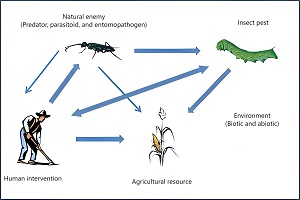
Biological Pesticide: A Profound Approach to Eco-Friendly Pest Control
Introduction: BIOLOGICAL PESTICIDE is a revolutionary solution that not only ensures effective pest control but also minimizes the adverse impact on the environment. This advanced pest management approach involves the use of natural substances derived from living organisms such as plants, bacteri...Read more -
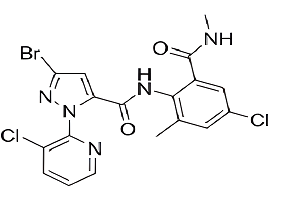
Tracking report of Chlorantraniliprole in the Indian market
Recently, Dhanuka Agritech Limited has launched a new product SEMACIA in India, which is a combination of insecticides containing Chlorantraniliprole (10%) and efficient cypermethrin (5%), with excellent effects on a range of Lepidoptera pests on crops. Chlorantraniliprole, as one of the world&#...Read more -
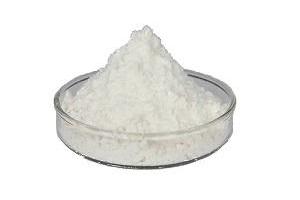
Usages and Precautions of Tricosene: A Comprehensive Guide to the Biological Pesticide
Introduction: TRICOSENE, a powerful and versatile biological pesticide, has gained significant attention in recent years due to its effectiveness in controlling pests. In this comprehensive guide, we will delve into the various usages and precautions associated with Tricosene, shedding light on i...Read more -

EU countries fail to agree on extending glyphosate approval
European Union governments failed on last Friday to give a decisive opinion on a proposal to extend by 10 years EU approval for the use of GLYPHOSATE, the active ingredient in Bayer AG’s Roundup weedkiller. A “qualified majority” of 15 countries representing at least 65% of the ...Read more



